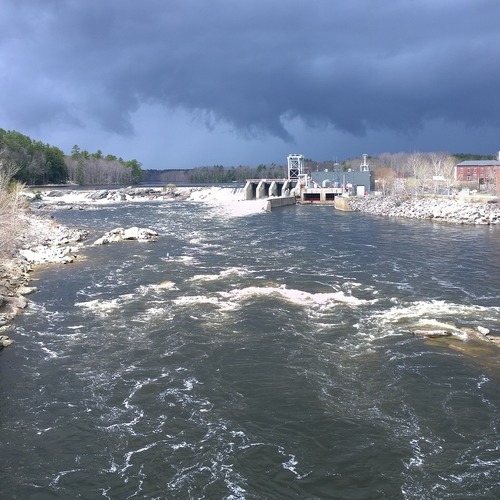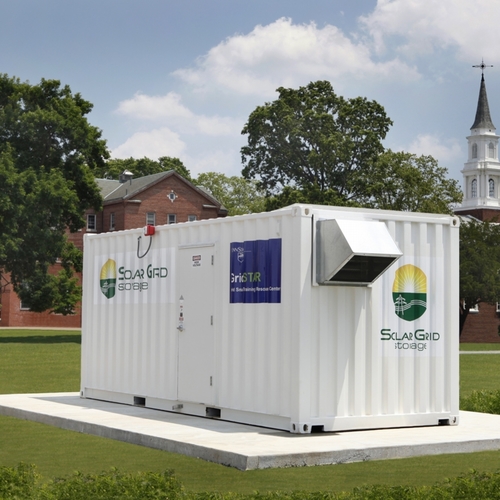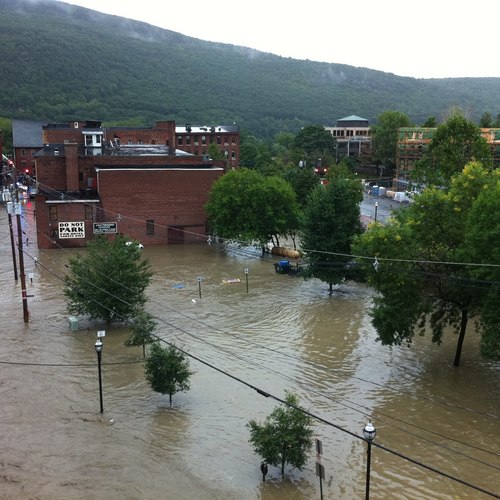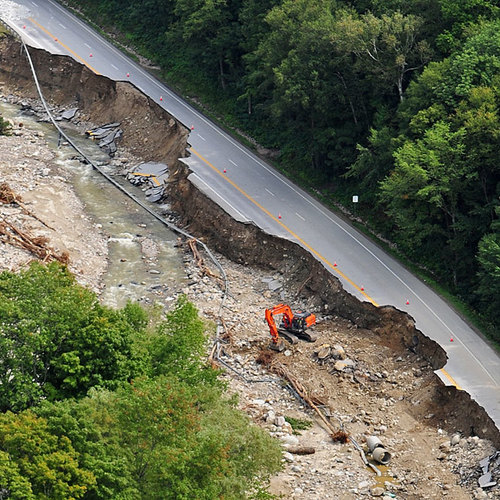
Many of us see the consequences of climate change as presented on the evening news: big catastrophes like Hurricanes Michael and Sandy that wipe out entire neighborhoods. The reality of climate change also comes in small, but more frequent calamities that affect families, even when the national media does not report it.
Consider 1955. In that year, the United States suffered 18 national disaster declarations. It was an average year, since, between 1955 and 1965, about 18 natural disasters occurred annually, with a low of seven in 1958 and a high of 25 in 1965. Each decade after that, the number of national disasters climbed: From 1965-to-1975, there occurred 31 disaster declarations; between 1975 and 1985, there occurred 39; from 1985 to 1995, it was 43, and so on, until the present decade, when, projecting between 2010 and 2020, it looks like we will reach a high of about 110 nationally declared disasters on an average year. You can look up the statistics; FEMA keeps track.
With a national disaster declared about twice weekly, it becomes evident that the new normal includes a devastating storm or flood, somewhere, “on an rainy Wednesday afternoon,” as a FEMA representative described the new normal during a recent presentation on Climate Adaptation.
Come hail or high water
As the lead agency in responding to national disaster declarations, FEMA has a vested interest in reducing the damage done, and the associated cost of providing aid. The agency is moving aggressively to promote planning and construction that accepts the advent of frequent natural disasters and encourages communities to build and remodel with updated hazard conditions in mind.
Building code recommendations derive from historical data, but in a changing environment, history may not repeat itself. FEMA now pushes communities to base codes on predictive climate models, rather than historical data, to more appropriately address what’s coming.
On the global scale, builders have played an…
Weekly Newsletter
Get building science and energy efficiency advice, plus special offers, in your inbox.

This article is only available to GBA Prime Members
Sign up for a free trial and get instant access to this article as well as GBA’s complete library of premium articles and construction details.
Start Free TrialAlready a member? Log in













0 Comments
Log in or become a member to post a comment.
Sign up Log in